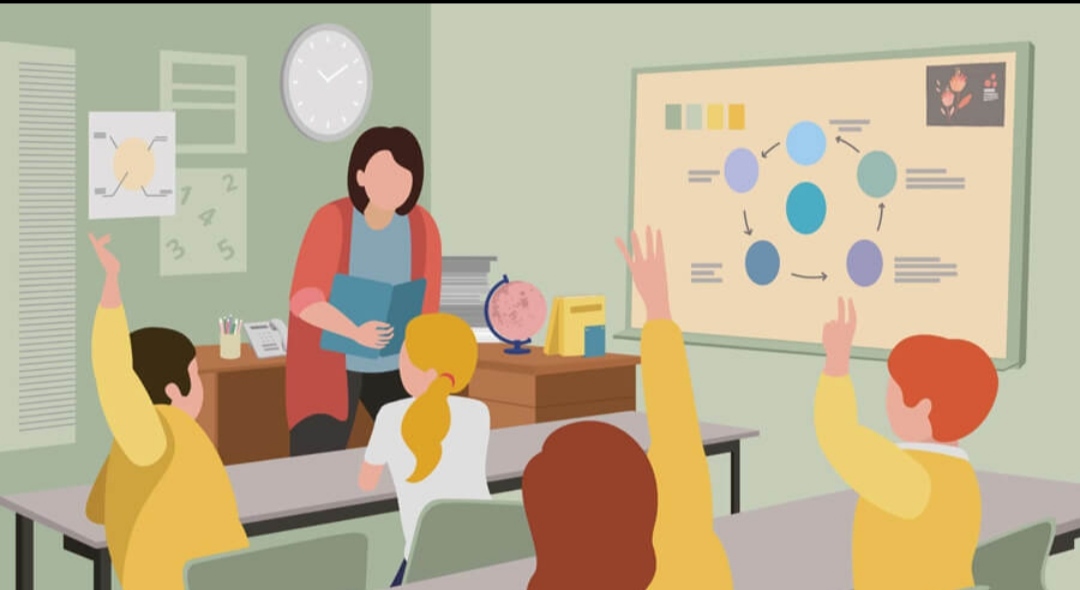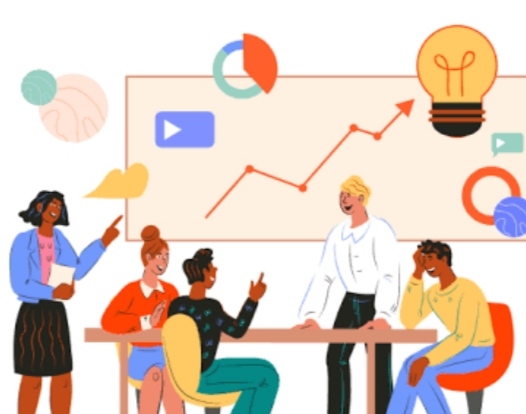The teacher-centered approach vs. the student-centered approach. High-tech vs. low-tech approaches to learning. Flipped classrooms, differentiated instruction, inquiry-based learning, personalized learning and more.
Not only are there dozens of teaching methods to explore, it is also important to have a sense for how they often overlap or interrelate. One extremely helpful look at this question is offered by the teacher-focused education website Teach.com.
“Teaching theories can be organized into four categories based on two major parameters: a teacher-centered approach versus a student-centered approach, and high-tech material use versus low-tech material use,” according to the informative Teach.com article, which breaks down a variety of influential teaching methods as follows:
Teacher-Centered Approach to Learning
Teachers serve as instructor/authority figures who deliver knowledge to their students through lectures and direct instruction, and aim to measure the results through testing and assessment. This method is sometimes referred to as “sage on the stage.”
Student-Centered Approach to Learning
Teachers still serve as an authority figure, but may function more as a facilitator or “guide on the side,” as students assume a much more active role in the learning process. In this method, students learn from and are continually assessed on such activities as group projects, student portfolios and class participation.
High-Tech Approach to Learning
From devices like laptops and tablets to using the internet to connect students with information and people from around the world, technology plays an ever-greater role in many of today’s classrooms. In the high-tech approach to learning, teachers utilize many different types of technology to aid students in their classroom learning.
Low-Tech Approach to Learning
Technology obviously comes with pros and cons, and many teachers believe that a low-tech approach better enables them to tailor the educational experience to different types of learners. Additionally, while computer skills are undeniably necessary today, this must be balanced against potential downsides; for example, some would argue that over-reliance on spell check and autocorrect features can inhibit rather than strengthen student spelling and writing skills.




